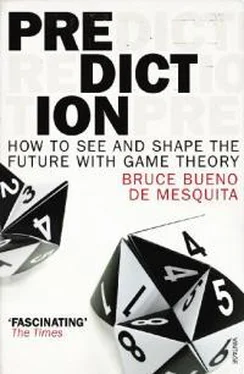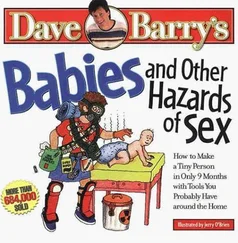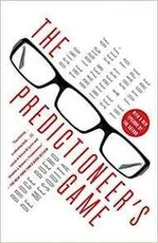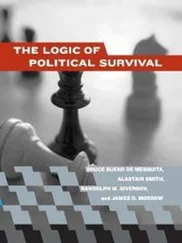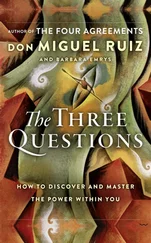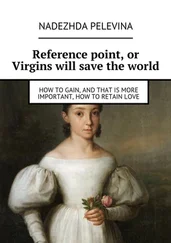99
SHA
85
85: 1987 Status Quo
85
Hard-line Likud
85
85: 1987 Status Quo
90
Likud
60
70: Palestinian territory with weakest autonomy
50
Israeli Defense Forces
100
60: Semi-autonomous Palestinian territory
80
Labor Party
60
30: Close federation with Jordan
75
OCC
100
25: Close federation with Jordan
95
PEA
70
20: Loose federation with Jordan
85
PLO
100
20: Loose federation with Jordan
95
PFLP
20
0: Independent, secular Palestinian state
95
FND
10
0: Independent, secular Palestinian state
80
It is not hard to see how territorial concessions can be organized on a continuum. Although the scale above is not based on percentages of land or land value, still there is a natural progression in choices ranging from Israel’s annexing contested territory on to no concessions by the Israelis and finishing at the other end of the scale with a fully independent Palestinian state. From these beginnings in 1987, I prepared a forecast that would closely predict the actual territorial concessions agreed to between the Israelis and the Palestinians in 1993 at Oslo. (We will look more closely at this forecast a little later in this chapter.) Let me reemphasize a central assumption behind the scale, an assumption I introduced casually in the discussion of North Korea. The scale tells us that someone advocating a weakly autonomous Palestinian territory (70 on the scale) strongly prefers the status quo (at 85 on the scale) to a territory closely in federation with Jordan (25 on the scale). We know the preference for 85 is stronger than for 25, even though 85 and 25 flank the advocated position at 70, because 70 is much closer numerically to 85 than to 25. That is how each scale works. Numerical values that are closer to the numerical value of the player’s advocated position are liked better by the player than positions reflected by numerical values farther from the advocated position. Knowing that, let’s have a look at a business issue that can help us understand more about how to turn problems into a well-defined numerical scale.

Here the focus is on what an issue’s scale might look like when the question involves something less obviously numerical in character than land for peace. To see an answer to this, consider the following range of choices from a litigation I worked on some time ago. Naturally I have masked the details to protect my client, but the ideas should be clear enough.
WHAT CHARGES WILL THE U.S. ATTORNEY
BRING AGAINST THE DEFENDANT?
Scale Position
Meaning of the Numerical Value on the Scale
100
Multiple felony charges including several specific, severe Felonies
90
Several specific, severe felony counts but no lesser felonies
80
One count of the severe felony plus several lesser felonies
75
One count of the severe felony but no other felonies
60
Multiple felony counts but none of the severe felonies
40
Multiple misdemeanor counts plus one lesser felony
25
Multiple misdemeanor counts and no felonies
0
One misdemeanor count
This scale makes clear how the client prioritized possible outcomes. The definition of 0 on the scale tells us that the client did not believe that any stakeholder would argue for the dismissal of all charges. That was not a choice included in the range of feasible outcomes. The upper bound on the scale indicates that the client believed at least some in the U.S. Attorney’s Office or others involved in the process would argue for severe criminal penalties. The real action was to unfold in between, and we’ll take a deeper look at this “case” in a later chapter.
Let’s take a quick look at this issue scale. It can shed a lot of light on how to think about issues. We can see that the two key “distance” differences here, laid out by the client, are the plea from 25 to 40 (no felony vs. one lesser) and from 40 to 75 (no severe vs. one severe). After that, life gets worse, but not nearly as dramatically worse as happens with the move from 40 to 75. This tells us, among other things, that avoiding a severe felony charge altogether was of greater value to the client than adjustments in the number of severe felonies that might have to be pleaded to.
In framing issues this carefully, the decision makers begin to learn things they had not recognized about their own problem. Instead of an amorphous question, they now have focused issues to address. They have confronted the problem and defined what the meaning is behind the choices they face. Once they go through the interview process to identify the remainder of the data—who the players are, where they currently stand on the issue, how salient it is to them, and how much clout they can each exert—they have, for the first time, a genuinely comprehensive view of how high a mountain they must climb. As I mentioned, we will revisit this case in a later chapter to see how they thought it would turn out and how it actually did turn out. For now, let’s return to the napkins covered with data on how to promote peace in the Middle East.
PEACE IN THE MIDDLE EAST?
The information scribbled on a couple of napkins turned out to provide a terrific grounding for figuring out what was going to happen in the Middle East over the several years following 1987. Eisenstadt knew his stuff, and so did Harold Saunders. What did we learn when the data were subjected to the model’s dynamics, allowing all of the players the opportunity to bargain with each other, trading territorial concessions for political credit? The predicted outcome was reported in a 1990 journal article I wrote based on the cookie-hour napkins. 2The article was published three years before the Oslo Accords created the Palestinian Authority. It predicted resolution at position 60 on the issue scale out of a feasible range of 0 to 100. Sixty on the scale was defined at the time as being equivalent to the Palestinians’ gaining some weak localized territorial control over a semi-autonomous entity. Remember, the status quo was 85, and lower values reflected greater and greater concessions to the Palestinians. We now know that the territorial concessions that were actually worked out between the Israeli government and Yasser Arafat were equivalent to about 60 on the scale, as I predicted in print three years beforehand.
Of course, this prediction was made a long time ago and was intended to be good only once there was a change in Israel’s government. As I wrote at the time, “Given [then Israel’s prime minister Yitzhak] Shamir’s apparent perception of the situation, we must conclude that as long as he is Prime Minister of Israel, there is no reason to expect significant progress.” Shamir, who became Israel’s prime minister in October 1986, was replaced by Shimon Peres in July 1992, paving the way for real progress between the Israelis and the Palestinians.
The analysis, however, was more detailed and nuanced than just a prediction of territorial concessions. My 1990 study went on to suggest that the then large and influential Popular Front for the Liberation of Palestine (PFLP) would “become politically isolated and irrelevant in negotiations. We can anticipate that they would respond to such a situation by increasing terrorist acts, aimed not only at the Israelis but perhaps also at the PLO leadership. If the analysis is correct and if the PLO adopted a strategy of incremental moderation, the future of the PFLP would be to flicker out of the picture.” Remember, this was out there for anyone to see and read in 1990. That is what I meant earlier when I said we must be willing to risk embarrassment if we want people to have confidence in our predictions. Certainly few in 1990 would have argued that the PFLP was likely to “flicker out of the picture.”
Читать дальше
